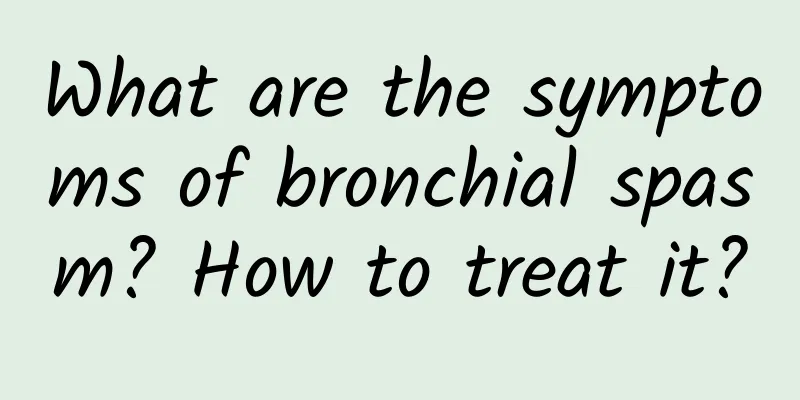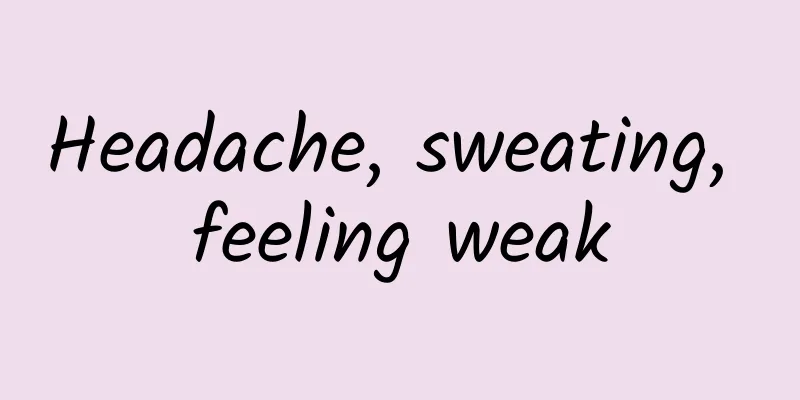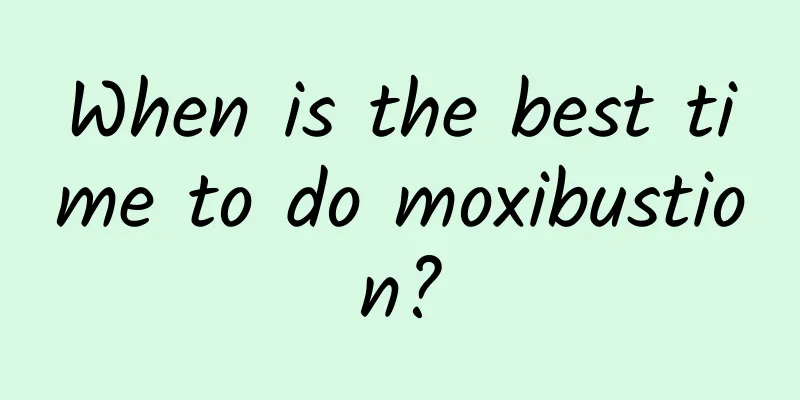What are the symptoms of bronchial spasm? How to treat it?

|
Generally speaking, in life, when people suffer from bronchial spasm, it will often induce the onset of asthma. So, what are the symptoms of bronchial spasm? Please read the relevant description in this article. What are the symptoms of bronchial spasm? Commonly seen in respiratory diseases, mainly bronchitis and other diseases. Smoking triggers asthma, which is mainly determined by the various harmful ingredients contained in the smoke, such as tar, nicotine and hydrogen cyanide. Nicotine and other drugs can act on the autonomic nervous system, stimulate the vagus nerve and cause bronchospasm. Tar can cause hyperplasia and mutation of the bronchial mucosal epithelium. Hydrogen cyanide damages the bronchial mucosal epithelial cells and their cilia, causing increased mucus secretion by the bronchial mucosa and increased airway resistance. This weakens the lung's purification function and ciliary activity, and reflexively causes bronchospasm. Therefore, smoking can directly or indirectly cause bronchospasm, thereby inducing asthma. Treatment of bronchial spasm: 1. Choice of anesthesia Endotracheal intubation is the main cause of wheezing during anesthesia and is best avoided. It has been reported that 6.4% of asthmatic patients developed wheezing after general anesthesia intubation, while only 2% did so during non-intubated general anesthesia or regional anesthesia. Therefore, regional anesthesia is still appropriate for patients with active reactions. A study of parturients with asthma showed no difference between high epidural anesthesia (T2-T4) and general anesthesia with ketamine/isoflurane. Two surveys in Japan showed that the incidence of asthma under epidural anesthesia was significantly lower than that under general anesthesia. 2. Drug Use Thiopental rarely causes bronchospasm, but when used alone, endotracheal intubation often induces bronchospasm due to light anesthesia. Ketamine relaxes smooth muscle through neural mechanisms and the release of catecholamines. Before intubation, 1-3 mg of topical lidocaine 1.5/kg can effectively prevent reflex bronchoconstriction, but direct spraying into the throat can induce airway response and should be avoided. When asthmatic patients were treated with 2.5 mg/kg propofol, the incidence of wheezing after intubation was significantly lower than that with thiopental sodium. After induction intubation with propofol, respiratory resistance was also significantly lower than that with thiopental and etomidate. |
<<: Symptoms of herpes vary according to the type of herpes.
>>: The causes of vaginal itching can be treated from both local and systemic aspects
Recommend
Lower abdominal pain when urinating
When a normal person feels like going to the toil...
What causes intermittent heartbeats?
The heart is a very important organ in the human ...
White discharge from the nipple
The presence of white secretions on the nipples i...
Can sulfur ointment cure pubic lice?
The so-called pubic lice, as the name suggests, a...
Can portal hypertension be cured?
Many people don't know much about portal hype...
What are the reasons for early menstruation?
There are many causes and symptoms of irregular m...
How to recover quickly from tailbone pain
Although the coccyx is not an essential structure...
What to do if liver cells are damaged
There are hepatocytes in the liver, which cannot ...
What causes sweat on the face?
Although sweating is a very normal thing for peop...
The benefits of Lingzhi root
Ganoderma root is also what we often call Ganoder...
The role of Pudilan
Pueraria lobata is a type of anti-inflammatory dr...
How to grow hair for seborrheic alopecia
Nowadays, many friends suffer from seborrheic alo...
Taboos of eating Andrographis paniculata
Andrographis paniculata is a very common Chinese ...
Can patients with fatty liver take Essenfor
Fatty liver is a common chronic liver disease, wh...
What to do if blood vessels become blocked again after bypass surgery
If blood vessels become blocked again after bypas...









